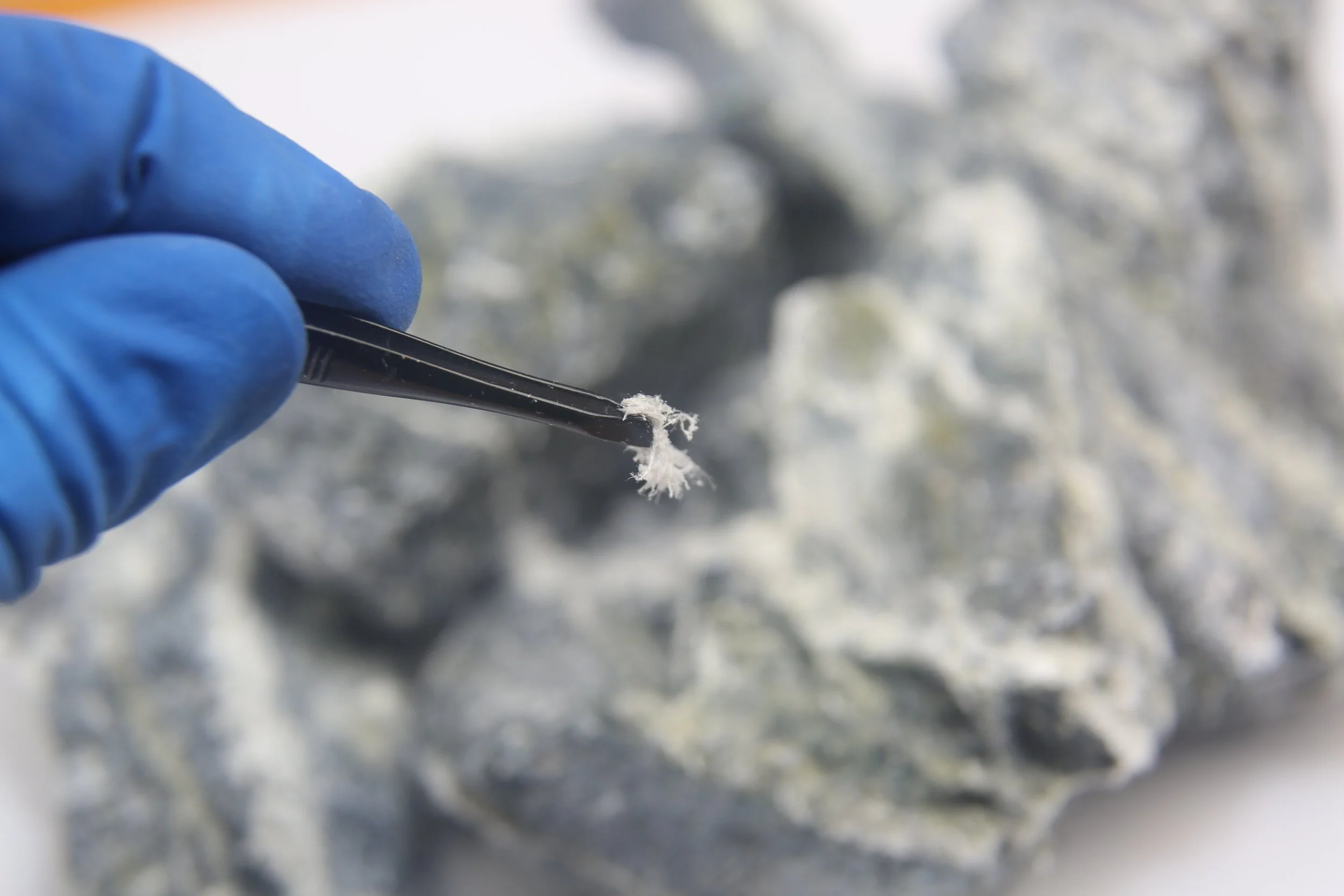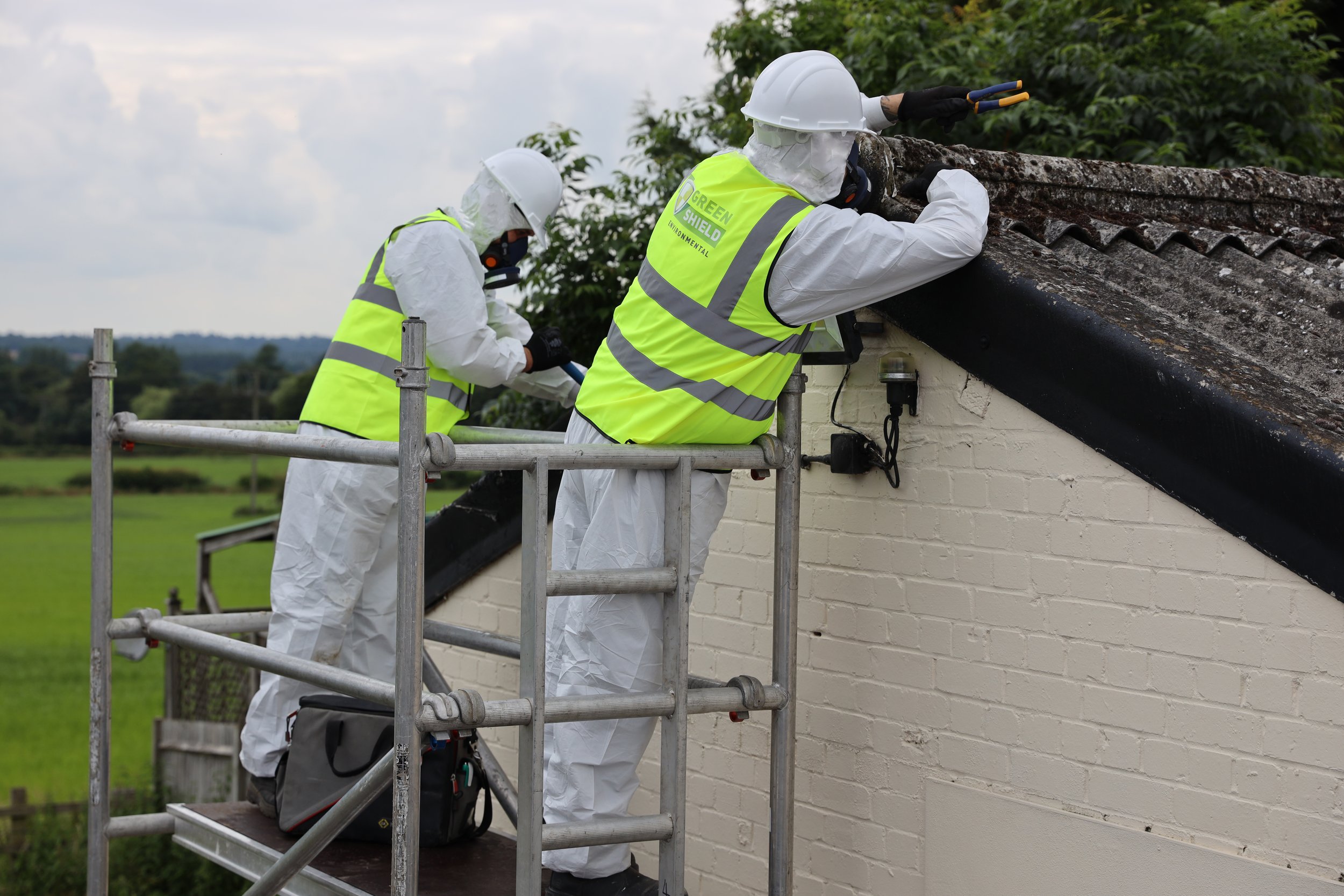What is asbestos?
Asbestos is the name for a group of natural occurring mineral fibres which are strong and both heat and chemically resistant. Due to these properties, asbestos was commonly used in the past for insulation and fire proofing as well as being used as a component in other building materials.
There are three main types of asbestos found in the UK:
Chrysotile - white asbestos
Amosite - brown asbestos
Crocidolite - blue asbestos
There are a further three types of asbestos which are amphibole fibre types and are far less common, these are – Anthophylite, Tremolite and Actinolite.
What is the risk from asbestos?
The risk associated with exposure to asbestos relates to the possibility that the fibres within an asbestos containing material (ACM) can become released into the air and are then inhaled. Breathing in air containing asbestos fibres can lead to asbestos-related diseases (mainly cancers of the chest and lungs). These diseases will not occur immediately and can take over 15 years to develop. If asbestos is in good condition, managed and there is no disturbance or damage to the ACM, it will not pose a risk to health as fibres will not be released.
Where is asbestos found?
Asbestos can be found in any industrial, commercial, public or residential building built or refurbished prior to the year 2000. It was extensively used as a building material in the UK and was used for a variety of purposes, it was ideal for fireproofing and insulation.
During the time of use asbestos was used for a wide variety of jobs and may be present in areas such as; floor tiles, pipe lagging, textured paints (Artex), internal partitions, central heating systems, roofs, gutters, rainwater downpipes, cement cladding, fire protection to structural steelwork, fuse boxes, bitumen products and many, many more.
A detailed asbestos survey will be required to identify where asbestos is present within your building and report on its condition, asbestos surveys must be carried out by a competent person.


